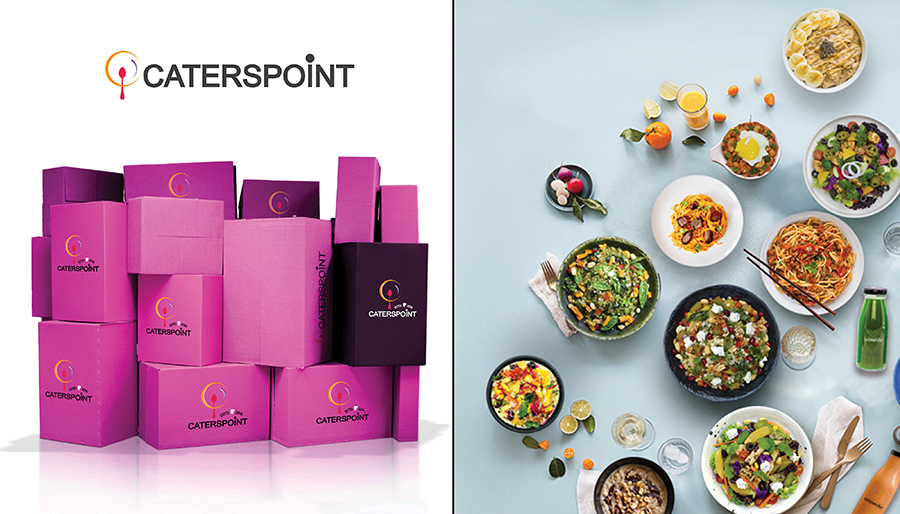Exposed Vulnerability of the Supply Chain System


Covid-19 epidemic is now known as the most challenged and dangerous crisis in the world.
This has slowed down the economy of the entire world and affected great corporate and businesses. The impact of Covid-19 has been very unnatural and uncommon as it has been devastating. The response of the nation has been unpredictable as well, such as bans on travel, closure of borders, closure of business, and several cases in complete lockdown. Hence, the vulnerability of supply chain has been brutally exposed by this epidemic.
The outbreak isn’t an isolated event. It is becoming difficult to find alternative suppliers to keep the business running. For many years, low-cost supply and minimal inventory has been the key roles of supply chain management. An investment in the supply chain system can bring its vulnerability to a resilience model. Leading distributors are now thinking of the cost of network risk and to invest more in resilient supply chains. The recovering power becomes stronger.
Mr. Anshu Raj, Founder of Caterspoint said “To meet the customer’s need, which has now shifted due to Covid-19 is a challenge for the supply chain system. There is a need of a flexible supply chain that can cut costs and improve cash flow with an increase to inventory turn. Once the pandemic passes and the global economy begins to function normally, many might assume they should manage their global supply networks as in the past, with the lowest-cost supply and minimal inventory levels. While that approach worked in a stable global economy, it now brings increased risk. The assumptions about supply chain management have shifted.”
Domestic firms must now develop its own local sourcing units and adopt alternatives strategies to reduce its dependency on imported goods and raw materials. Slowing growth and shrinking consumption is a matter of acute concern. This has emphasized on minimisation of cost and “just in time deliveries.”
As stated by Mr. Raj, “We always had a strong vendor and inventory management system and an approved vendor pool. This has helped us in continuing our operations even during the lockdown. However, a completely smooth supply chain will take time. Recently, we had to temporarily discontinue a few of our SKUs due to the complete shutdown of their raw material supply but with the hope of relaxation of restrictions during the lockdown, we hope to start with those SKUs back soon.”
Looking at the challenges in the supply chain management, shortage of manpower and sealed borders has now been a great drawback. There have been challenges in operating as the routine has been disrupted due to unforeseen circumstances, which include the commute of employees, last-mile delivery, and vendor supply chain. Mr. Arpit Shukla, Procurement Specialist, Caterspoint “On a regular day, we had about 100 people working in the organization but due to Covid-19 and government-issued advisory, we are practicing social distancing as well as keeping the workforce in shifts that have led to us, operating on skeletal staff. Also, the planning of deliverables is being planned within the city or the area itself. The logistics are a great problem which has been sorted out with managing of chain procuring system.”
Flexible supply chains played a critical role, including rapid raw material sourcing, product design, development and testing, and distribution. A goal of any procurement specialist is to uncover cost savings opportunities. However, just focusing on ways to save money is not an effective approach to supply chain optimization because it has the potential to hurt other critical areas. Through Proper Planning, Partnership, Process, and Performance, the supply chain can be managed tactfully.
Caterspoint- An EQSR Model Supply Chain System
At Caterspoint, the organization has always been very sure about the quality and hygiene from the very first day. Mr. Ajay, Operations Head, Caterspoint shared, “Before lockdown, our Gurgaon warehouse was the base, which was managed in a centralized system in order to deliver the raw materials to the other outlets in Delhi, NCR. But the lockdown made it impossible for us to deliver raw material to the other outlets as the borders were sealed. The availability of the raw material was also affected, as the vendors had shut down the operations. This made us switch off the products online.”
The issues were not only majorly faced by Caterspoint, but also other big brands were a part of this challenge. The restaurants did operate but with selected items only that were visible to the audience.
Mr. Arpit also stated, “I connected with major brands like Zomato Hyper pure, Swiggy Store, Big Basket, Spencer Retail, Veeba, and many more, just to make sure that they deliver the material on the location itself and none of the dishes goes out of stock.”
While in conversation with the team, Caterspoint has been very enthusiastic and motivated even when times were low. They managed it well and also launched essential services for their clients ensuring the best of what they have been doing all these years. From veggies to fruits and dairy products, they have launched yummy and delectable dips for the people to enjoy during stay home mode.
Various vendors are kept in the loop when sourcing for raw materials, so as to avoid problems of availability or other natural causes. While the lockdown has downed the shutters of restaurants, it hasn’t amped up the delivery business either, despite the home ministry making exemptions for suppliers of essential goods, including restaurants home-delivering food. The police cracked down on delivery services and restaurants, which halted operations in response.
While concluding, Mr. Ajay stated, “The supply chain has not seen the end of manual interventions in supply processes, however. Many replenishment systems use simple moving averages to calculate store-level requirements. With such an unprecedented demand spike polluting these moving averages, supply chain planners will have to modify supply quantities manually and scramble to adjust their planning systems. The supply chain system has to focus on more resilient structures while operating during the Covid-19 pandemic.”
As said, “It is not the organizations that are competing; it is the supply chains that are competing”
More from our site
Recent Posts
Shaping Tomorrow’s Golf Champions With Leela Palace Bengaluru
The 3rd edition of The Leela Golf Tournament celebrated young talent and brought together skill, precision and camaraderie!
The 3rd edition of The Leela Golf Tournament celebrated young talent and brought together skill,…
The Duo Behind KAIA Goa & Gigi Bombay, Redefines Hospitality
In conversation with the founders of Pawan Shahri and Nikita Harisinghani, the duo behind Chrome Hospitality Asia
In conversation with the founders of Pawan Shahri and Nikita Harisinghani, the duo behind Chrome…
Precision, Durability, and Swiss Legacy
Victorinox launches the Swiss Army collection, featuring three distinct models that emphasise exceptional quality, resistance and versatility
Victorinox launches the Swiss Army collection, featuring three distinct models that emphasise exceptional quality, resistance…
A New Era of Luxury Interiors With Sussanne & Gauri Khan
Sussanne Khan & Gauri Khan unite to bring an awe-inspiring, six-storey sanctuary of luxury, art, and design in Hyderabad
Sussanne Khan & Gauri Khan unite to bring an awe-inspiring, six-storey sanctuary of luxury, art,…
Air India x Lufthansa: Fly To These International Destinations Now
Expanding their codeshare partnership, Air India and Lufthansa Group have added 100 new routes to their combined network
Expanding their codeshare partnership, Air India and Lufthansa Group have added 100 new routes to…
Luxury’s Most Recent & Vibrant Launches This Season
The luxury landscape is brimming with bold innovations, striking partnerships, and immersive experiences
The luxury landscape is brimming with bold innovations, striking partnerships, and immersive experiences


